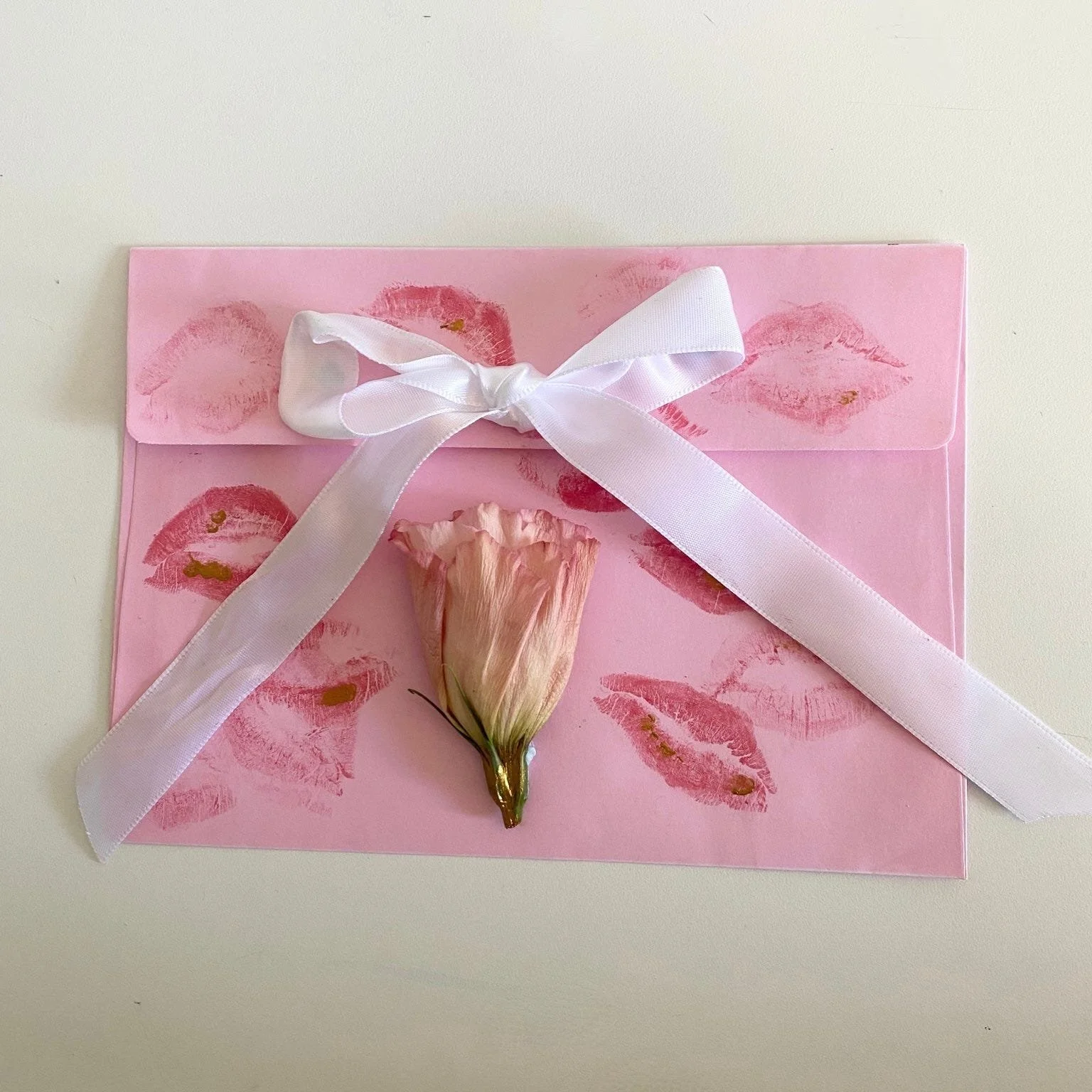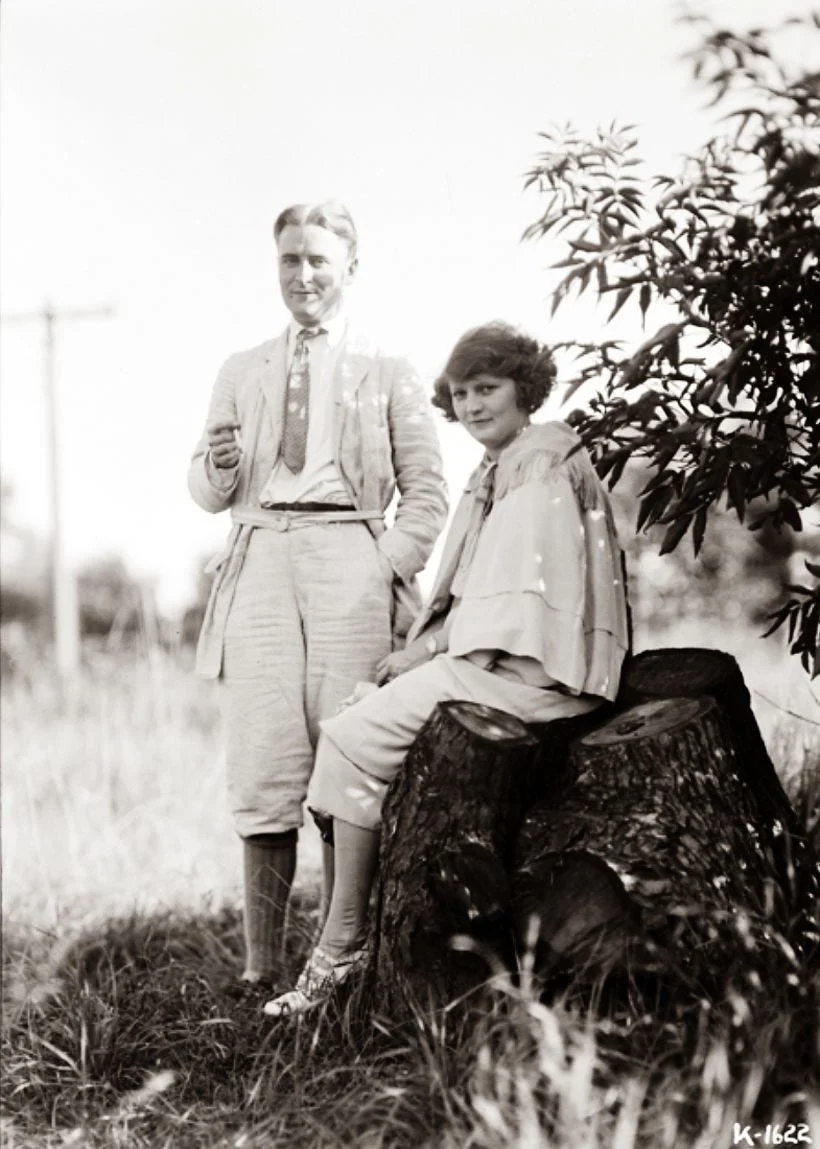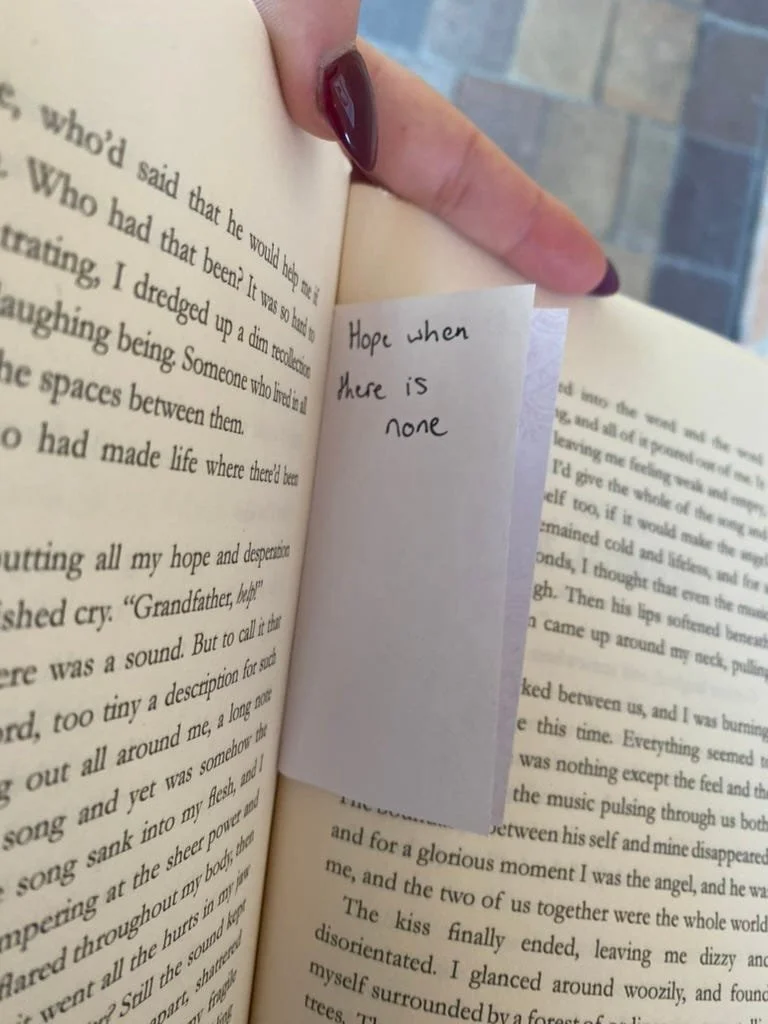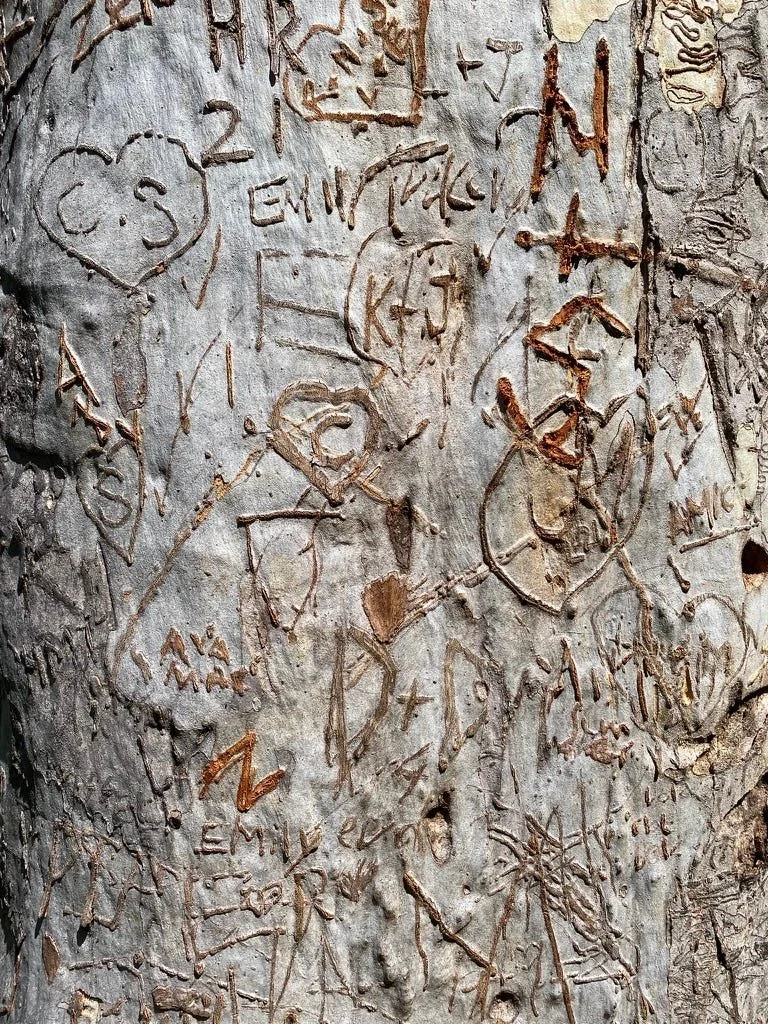The Immortality of Love Letters
When I was 18, my mother gifted me a gorgeous heart locket necklace. When the shiny exterior was opened up, it revealed a scroll inside containing a love note. My mum had written down my most favourite F. Scott Fitzgerald quote:
“You are the finest, loveliest, tenderest, and most beautiful person I have ever known, and even that is an understatement”
I did not realise at the time that this quote is an excerpt from one of the numerous love letters exchanged between F. Scott and Zelda Fitzgerald over the course of their energetic, tumultuous, and deeply nuanced marriage. Their lives as prolific writers, artists and muses, creating profound works that established the glitzy name of the 1920’s ‘Golden Era’, has left the intricacies of their romance to remain an endearing puzzle for the modern day reader to ponder. Though many were close to the firey perimeters of their seemingly ablaze infatuation, the depths of their relationship and their reasons for eventual madness, is largely unknowable.
It is their letters that remain the only portals into their passionate union, immortalising their infatuation with each other through playful and sensual words. In an article for Literary Hub, Scott and Zelda’s granddaughter, Eleanor Lanahan, writes about what she has gathered from the exchanges of her grandparents all those years ago, recounting Zelda’s girlish flirtation that appeared heavily at the conception of their relationship, which soon turned into swooning confessions of total enamour:
“[Zelda] refers merrily to her desire for merged identities, for Scott to define her existence. In taking a man’s name, a woman assumed his whole identity, including his career and his social standing—an abject dependency that today would make both sexes wary. Zelda’s declarations of loneliness, of her “nothingness without him” might be alarming to the modern reader, but they are reflections of the time.”
As Lanahan recalls, their letters remained symbols of their infatuation with each other. Scott inscribed a poetic dedication to Zelda in his book, The Beautiful and Damned, and to this day their family’s first edition cover still has a lock of Zelda’s hair bound inside. However, 10 years after their marriage, both Zelda and Scott ran into issues that brought their marriage to a breaking point. Zelda was institutionalised for an array of mental illnesses, and Scott’s alcoholism worsened. As Lanahan puts it, “Her first letters from the Prangins Clinic in Switzerland, and Scott’s first letters from Paris, are bitter, blameful reinterpretations of their whole relationship”. Though, they never truly gave up on each other, and in the later years of each of their short lives, they loyally continued warm exchanges, perhaps out of duty, perhaps out of love.
Zelda and Scott, 1921. Image via Domestika
The way that the intricacies of Zelda and Scott’s marriage are revealed through these exchanges makes me appreciate the wonderful, memorialising quality of love letters. How precious it is to have a line of correspondence endure the duration of a partnership in the form of love letters. How lovely it is that we can send love letters any time, all day, every day, through simple text messages that evoke the same sentiment of a physical letter: a stomach whirl at the feeling of a vibration in your pocket, an excitement of a certain name on your screen, a warmth of sliding into a chat room, ‘unboxing’ your note, a sense of relief that you can send an instant reply. However the love note evolves, we still crave the irreplaceable feeling of connection that words can provide, especially when these words are also bound with the anticipation of opening a message, deciphering its cryptic intent, and rereading the lines over and over again.
There are hidden love letters everywhere. Song lyrics are one of them. Sometimes I listen to a song and feel so directly validated by the lyrics that I imagine the song itself is a letter with my name in cursive on the front. Lyrics can be so true and so powerful- a careful selection of words strung together alongside decorative sounds and instruments which adorn them like a beautiful envelope. They carry meaning, oftentimes speaking of personal endeavours, unique experiences and universal emotions which reach the hearts of so many people in so many ways. They are confessional and cathartic, an expression of desire concealed within a pretty tune.
Love letters are cryptic notes. When I was in my second year of uni, I had borrowed a book from the library and somebody had left a peculiar slip of paper within one of the pages that so simply said “hope when there is none”. Perhaps it was a stray annotation of a scene, or perhaps I was meant to find it. And though that person may not ever know me, part of the beauty of letters is their ability to be touched by many hands as they travel, before they reach their intended recipient. Love letters can be tokens of connection, sent off in the hands of fate to land in the hands of whoever is most destined to read its contents.
Love letters are engravings: the print of pen on paper, initials in a heart carved into the walls of bathroom stalls, the names of young lovers permanently etched on the bark of trees, the ink of tattoos injected into skin, dates and words inscribed into jewellery. There is a sense of permanency of a love letter. Even when it does not take the form of a traditional letter, the idea is still the same: to capture the transcendence of love in a physical form. To make a romance immortal by containing it within words and writing it out somewhere to be kept forever. Perhaps one of the purest aspects of love letters is that they grow old with you. Decades after the letter is sent, the tree is carved, the tattoo is done, the watch is engraved; the markings of passion remain. Disformed, withered, discoloured as they may be, love becomes immortalised when it is expressed through letters.
And it should go without saying that though they are wordless, I consider flowers to be precious love letters of their own, confessed in a special language of brilliant colours and splendorous shapes. The kisses of Roses and the blush of pale pink petals, the tips of branches extending to hold your hand, the eyes of daisies smiling at you sweetly.





